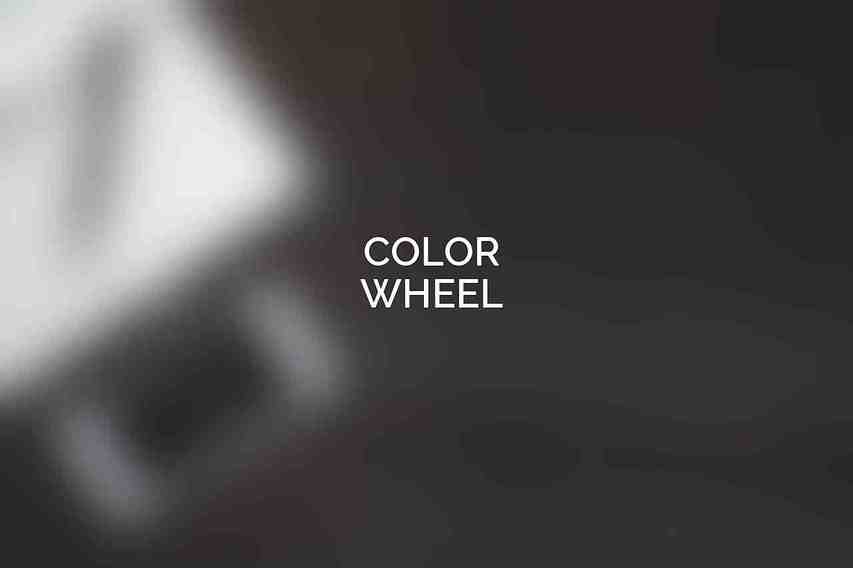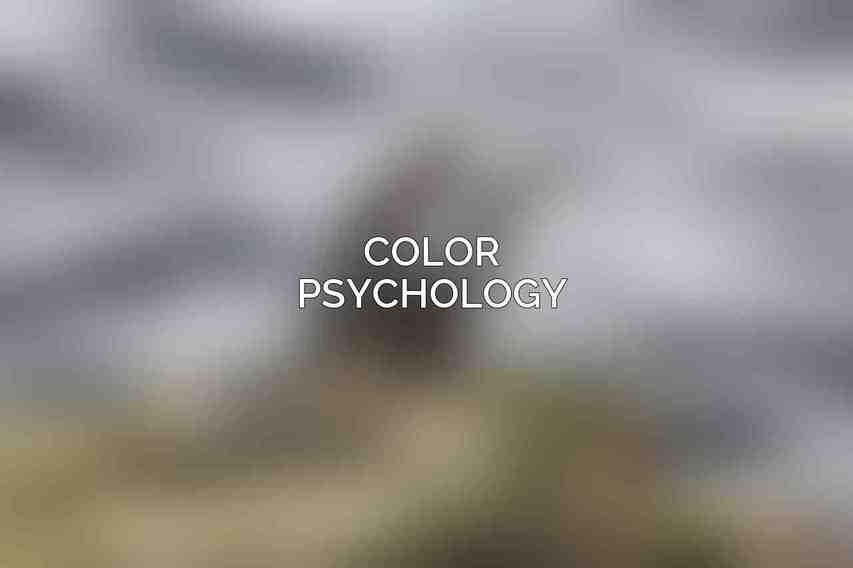Color theory is a fundamental concept in the world of design that explores how colors interact with each other and how they can be used to create visually appealing compositions. It delves into the principles behind color mixing, as well as the emotional and psychological impact that different colors can have on viewers. Understanding color theory is crucial for designers as it allows them to create harmonious and impactful designs that effectively communicate messages to their audience. Visual examples from Depositphotos showcase how color theory is applied in real-world design scenarios, highlighting its importance and versatility.
| Feature | Description | ||||||||||||||||||||||||||||||||||||||||||||||||||||||||||||||||||||||||||||||||||||||||||||||||||
|---|---|---|---|---|---|---|---|---|---|---|---|---|---|---|---|---|---|---|---|---|---|---|---|---|---|---|---|---|---|---|---|---|---|---|---|---|---|---|---|---|---|---|---|---|---|---|---|---|---|---|---|---|---|---|---|---|---|---|---|---|---|---|---|---|---|---|---|---|---|---|---|---|---|---|---|---|---|---|---|---|---|---|---|---|---|---|---|---|---|---|---|---|---|---|---|---|---|---|---|
| Extensive Image Library | Access to over 200 million high-quality stock photos, vectors, and illustrations. | ||||||||||||||||||||||||||||||||||||||||||||||||||||||||||||||||||||||||||||||||||||||||||||||||||
| Royalty-Free Licensing | Use purchased images without paying additional fees or attribution. | ||||||||||||||||||||||||||||||||||||||||||||||||||||||||||||||||||||||||||||||||||||||||||||||||||
| Advanced Search Tools | Easily find specific images using keywords, filters, and advanced search options. | ||||||||||||||||||||||||||||||||||||||||||||||||||||||||||||||||||||||||||||||||||||||||||||||||||
| Intuitive Editor | Edit images directly on the website using the built-in editor. | ||||||||||||||||||||||||||||||||||||||||||||||||||||||||||||||||||||||||||||||||||||||||||||||||||
| Flexible Subscriptions | Choose from a variety of subscription plans to suit your needs and budget. | ||||||||||||||||||||||||||||||||||||||||||||||||||||||||||||||||||||||||||||||||||||||||||||||||||
| Exclusive Content | Access to unique and exclusive images not available anywhere else. | ||||||||||||||||||||||||||||||||||||||||||||||||||||||||||||||||||||||||||||||||||||||||||||||||||
| Customer Support | Get assistance and support from a dedicated customer care team. | ||||||||||||||||||||||||||||||||||||||||||||||||||||||||||||||||||||||||||||||||||||||||||||||||||
| Website: | Depositphotos | ||||||||||||||||||||||||||||||||||||||||||||||||||||||||||||||||||||||||||||||||||||||||||||||||||
| Visit Depositphotos | |||||||||||||||||||||||||||||||||||||||||||||||||||||||||||||||||||||||||||||||||||||||||||||||||||
Color Wheel

A. Primary Colors
The primary colors are red, yellow, and blue. These colors are the building blocks of all other colors on the color wheel.
B. Secondary Colors
By mixing two primary colors together, you get the secondary colors: green, orange, and purple. These colors sit between the primary colors on the color wheel.
C. Tertiary Colors
Tertiary colors are created by mixing a primary color with a neighboring secondary color. Examples include blue-green, blue-violet, red-violet, red-orange, yellow-orange, and yellow-green.
D. Color Schemes
Color schemes are predefined combinations of colors that work well together. Some common color schemes include monochromatic, analogous, complementary, split-complementary, and triadic schemes. Each scheme offers a different aesthetic and conveys varying emotions to the viewer. Depositphotos offers visual examples to help designers understand and apply these color schemes effectively in their projects.
Color Psychology

A. Warm Colors
Warm colors like reds, oranges, and yellows are known for their energizing and stimulating qualities. They evoke feelings of energy, excitement, and warmth, making them ideal for grabbing attention and creating a sense of urgency in design.
B. Cool Colors
Cool colors such as blues, greens, and purples have a calming and soothing effect. They are often associated with trustworthiness, professionalism, and relaxation, making them suitable for conveying a sense of peace and stability in design.
C. Neutral Colors
Neutral colors like whites, grays, and browns act as versatile complements to other colors. They are often used as backgrounds or accents in design, conveying a sense of sophistication, minimalism, and timelessness.
D. Visual Examples from Depositphotos
Depositphotos provides a wide range of visual examples showcasing how different colors and color palettes can evoke specific emotions and enhance design aesthetics, allowing designers to harness the power of color psychology in their work.
Color in Design
Color plays a vital role in design, serving as a powerful tool for evoking emotions, creating harmony and balance, and making a visual impact. Designers can use color to guide the viewer’s perception and focus, leading them through a composition or highlighting key elements. Understanding how color influences design can help designers craft compelling and engaging visuals that resonate with their audience.
Tips for Using Color in Design

A. Choose a Color Palette
Selecting a cohesive color palette is essential for maintaining visual consistency and harmony in design. By choosing colors that complement each other, designers can create a unified and engaging visual experience.
B. Consider the Target Audience
Understanding the preferences and psychological responses of the target audience is crucial when selecting colors for a design. Different demographics may have varied perceptions of color, so designers should tailor their color choices to appeal to the intended viewers.
C. Use Color to Create a Mood
Colors have the power to evoke specific moods and emotions. Designers can leverage this by selecting colors that align with the desired tone of the design, whether it be playful, sophisticated, calming, or energetic.
D. Experiment with Different Color Combinations
Don’t be afraid to explore unconventional color combinations and experiment with different hues, shades, and tints. Creativity often thrives when designers push the boundaries of traditional color palettes and come up with unique and striking visuals.
E. Pay Attention to Color Contrast
Color contrast is essential for ensuring readability and visual hierarchy in design. By using contrasting colors, designers can make elements stand out, create emphasis, and guide the viewer’s eye through the composition effectively.
F. Visual Examples from Depositphotos
Depositphotos offers a wealth of visual inspiration, featuring diverse images and illustrations that demonstrate innovative and effective use of color in design. By exploring these examples, designers can draw insights and ideas for incorporating color harmoniously and creatively into their own projects.
mastering the basics of color theory is paramount for designers looking to create impactful and visually appealing designs. By understanding the principles of the color wheel, color psychology, and effective color use in design, designers can elevate their craft and captivate audiences with compelling visuals. Depositphotos serves as a valuable resource for designers, offering a plethora of visual examples that showcase the application of color theory in various design contexts. Embrace the world of color and unleash your creativity with Depositphotos as your guide.
Frequently Asked Questions
What is color theory?
Color theory is a set of principles used to create harmonious color combinations. It helps designers use colors effectively to evoke emotions and communicate messages in their work.
How can color theory improve my design skills?
Understanding color theory can help you make informed decisions about color selection, contrast, and balance in your designs. It allows you to create visually appealing and impactful compositions.
What are the primary colors in color theory?
The primary colors in color theory are red, blue, and yellow. These colors are considered the building blocks for creating all other colors through mixing.
How can I use complementary colors in my designs?
Complementary colors are pairs of colors that are opposite each other on the color wheel. Using complementary colors in your designs can create dynamic contrasts and make elements stand out.
What is the significance of color psychology in design?
Color psychology explores how different colors can evoke specific emotions and reactions in viewers. Understanding color psychology can help designers create designs that resonate with their target audience.

